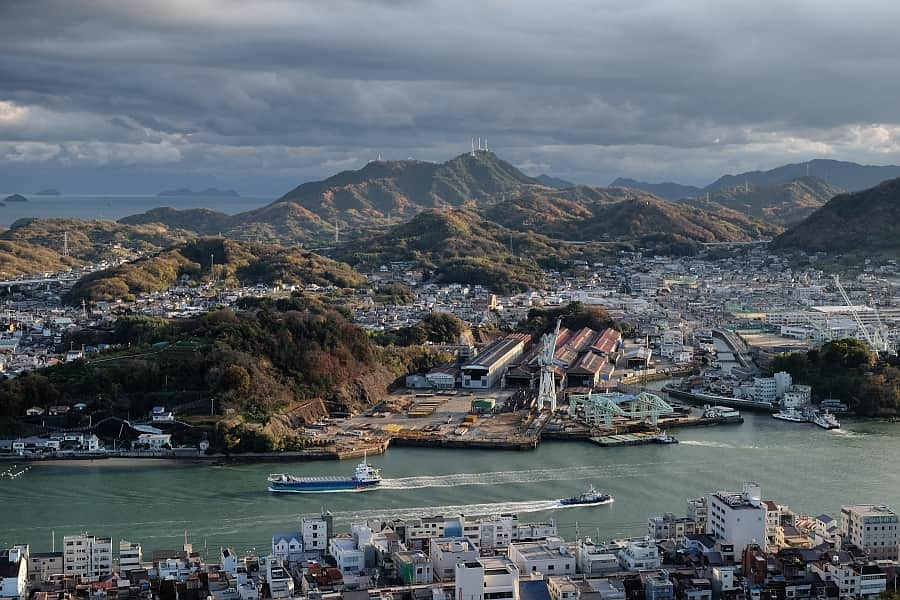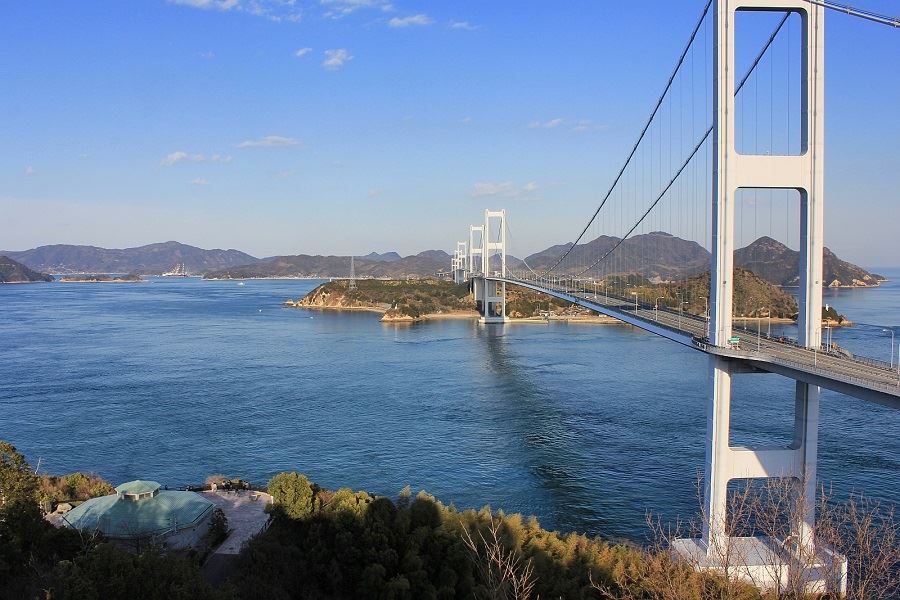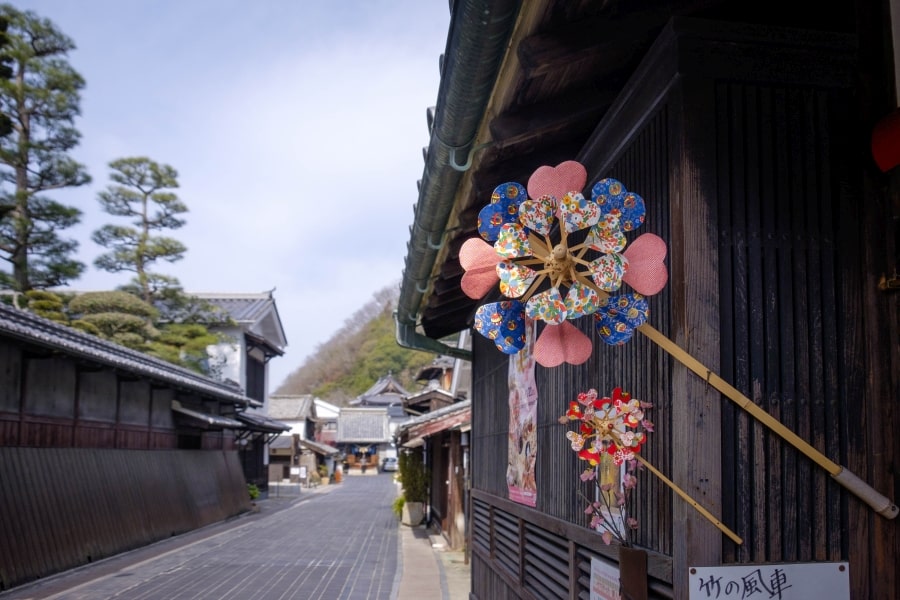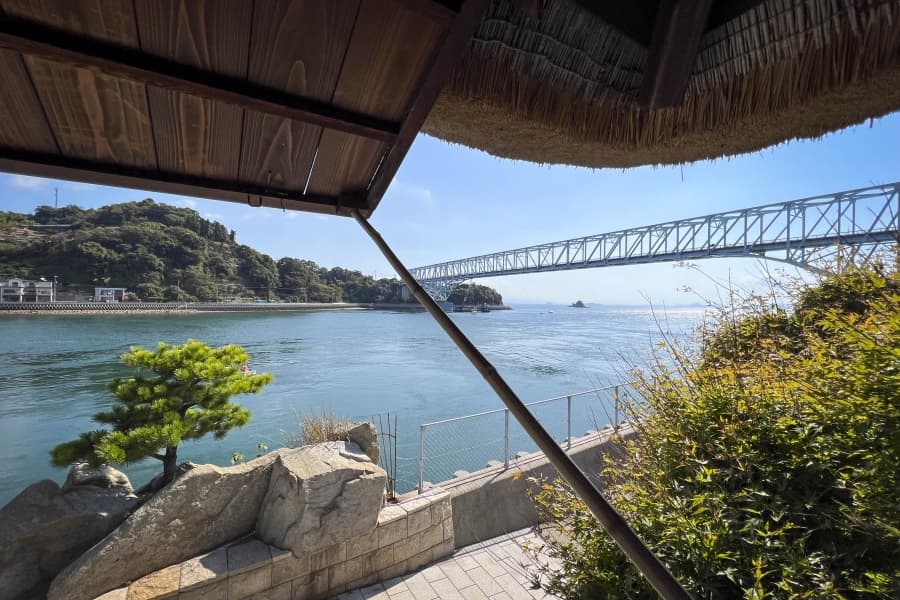SETOUCHI TOURS
A Brief History of the Seto Inland Sea
A quick look at the history of Setouchi, the area around the Seto Inland Sea.
Home » A Brief History of the Seto Inland Sea
A Brief History of the Seto Inland Sea
During the last ice age, the sea level was lower than today, with many land bridges between Honshū and Shikoku. This basin was populated by large animals including mammoths whose fossilised bones are still caught in fishermen’s nets today. After the ice age, sea water rose to fill the basin between the Chūgoku mountains and Shikoku mountains, forming today’s Seto Inland Sea. The first humans in the area immediately began filling in the coastlines, incorporating islands and converting swamps to habitable land.
From ancient times, the Seto Inland Sea was the main transport route between the areas around its coasts, including the Kansai region and Kyūshū, as well as between Japan and other countries, including Korea and China. Emissaries from China and Korea frequently traveled the Inland Sea. Even after the establishment of major roads such as the Nankaidō and San’yōdō, the Inland Sea remained an important transport route.
Previous
Next
With many trade goods passing through the Inland Sea, coastal clans took to piracy, simply robbing passing vessels. Over time, these maritime clans evolved more subtle protection rackets, offering immunity from smaller pirates in return for a percentage of the cargo. They also guided ships through the many hazardous passages, serving as a kind of coastguard. Considered public enemies by land-based clans and known pejoratively as kaizoku (pirates), the maritime clans generally maintained self-governance due to their strength. During the feudal period, they extended their power over most coastal areas, whereupon they were co-opted by land-based clans to serve as naval forces, when they came to be called suigun (navies). The Kōno in today’s Ehime and Kobayakawa (later Mōri) in today’s Hiroshima were two of the largest suigun clans. Under the Kōno clan, the Murakami controlled the Geiyo Islands, today’s Shimanami Kaidō, charging passing ships a toll.
In the 12th century, Taira no Kiyomori, originating from a clan based in the western Inland Sea, achieved supreme power through a coup d’état. He planned to move the capital from Kyōto to the coastal village of Fukuhara (today’s Kōbe) to promote trade between Japan and the Song dynasty of China. However, the new city failed to prosper, and Kyōto soon became the capital again. After Kiyomori’s death, the Taira clan was defeated by the Minamoto clan, with the climactic battles taking place in the Inland Sea. The Battle of Yashima was fought near today’s Takamatsu, and the final battle, Dan no Ura, took place off the coast of present-day Yamaguchi, with the suigun taking an active part.
Previous
Next
In the Edo period, the Inland Sea was one of the busiest transport routes in Japan and its ports were crowded with sailing ships. The major ports were Ōsaka, Sakai, Shimotsui, Ushimado, and Tomonoura. This was the age of the kitamaebune, merchant ships that carried manufactured goods such as cotton, mosquito nets, and combs from western Japan through the Inland Sea, out into the Japan Sea through the Kanmon Strait and up the Japan Sea Coast all the way to Hokkaidō, bringing back commodities like fish and rice from northern Japan. One successful kitamaebune return voyage could set a man up for a life. The ports on the Inland Sea prospered mightily by offering chandlery and entertainment to ship’s crews. Chandlery and entertainment were often provided together, with goods, geisha, and prostitutes offered on a one-stop-shop basis, both on land, and at sea in little boats. While prostitutes tended to remain in one place, entertainers traveled widely around the Inland Sea while their fame lasted.
During the Edo period, the daimyō feudal lords were required to reside in the capital every second year. The daimyō of western Japan generally travelled through the Inland Sea to Ōsaka from whence they went overland to Edo. These feudal lords maintained offices in Ōsaka to manage the domestic trade and income of their domains, and so Ōsaka became the economic centre of Japan.
At the end of the Edo period when Japan faced imperialist invasion by western nations, the Shōgunate also came under threat from the domains that had lost to the Tokugawa at the battle of Sekigahara in 1600. Mid-ranked samurai from these domains criss-crossed the Inland Sea to conspire with one another, and even formed their own shipping companies to trade with the western powers to obtain firearms and other crucial technologies for overthrowing the existing regime and defending their country. Sakamoto Ryōma and other heroes of the Meiji Restoration visited the hotel Matsudaya in Yuda Onsen to discuss an alliance of their respective domains with a view to overthrowing the Shōgunate. Their ships ultimately formed the basis of the imperial Japanese navy, with crews taken from the old suigun domains.
Previous
Next
After the Meiji Restoration, the coastal cities beside the Seto Inland Sea rapidly industrialized. The headquarters of the Imperial Japanese Navy was established in Kure in Hiroshima Prefecture where many of the battleships and aircraft carriers of the Pacific War were built. From the Meiji to Shōwa period, railway lines such as the San’yō Line on Honshū and the Yosan Line on Shikoku were completed, as well as major roads. During WWII, the Inland Sea was heavily mined by Allied bombers, and it took many years after the war to clear the lethal mines, costing many lives.
Toward the end of the 20th century, three series of bridges connecting Honshū and Shikoku were built. One of these bridge systems, the Shimanami Kaidō between Hiroshima and Ehime, incorporated a cycle path which has become a major tourist attraction. Even before Japan opened to foreigners in the middle of the 19th century, the beauty of the Inland Sea was praised and introduced to the Western world by people who visited Japan, including Philipp Franz von Siebold, and after Japan’s opening, Ferdinand von Richthofen and Thomas Cook. In 2019, the Setouchi Islands ranked 7th on the New York Times destinations list.
Today, the Setouchi region around the Seto Inland Sea is a place that celebrates its rich, ancient heritage and its central place in the history of Japan, while making the most of its many natural attractions.
Previous
Next
Related Tours
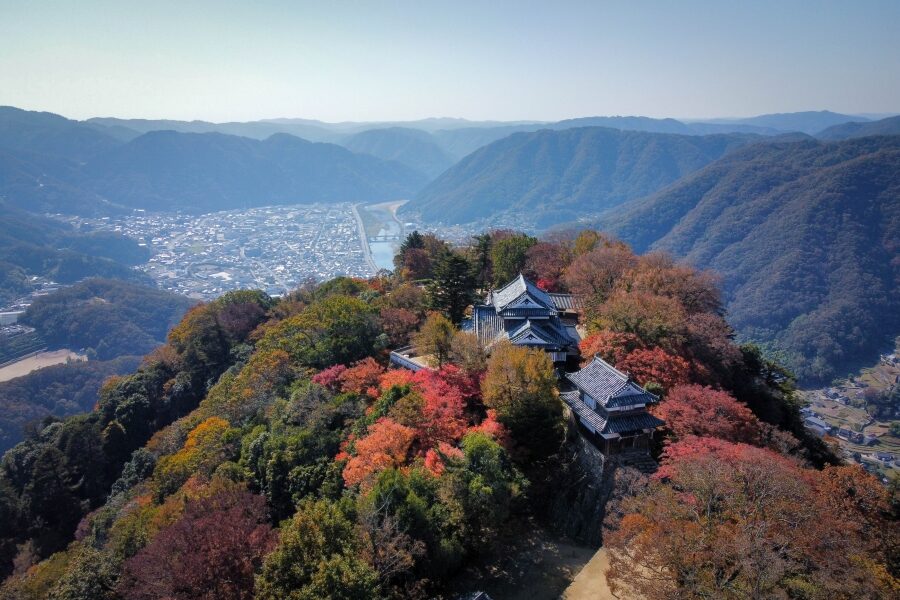
6 Days
¥498,000
This tour visits the major sights of Okayama, Shimane, and Hiroshima prefectures, focusing on the small historic cities of each region, and the natural wonders found in the countryside between them.
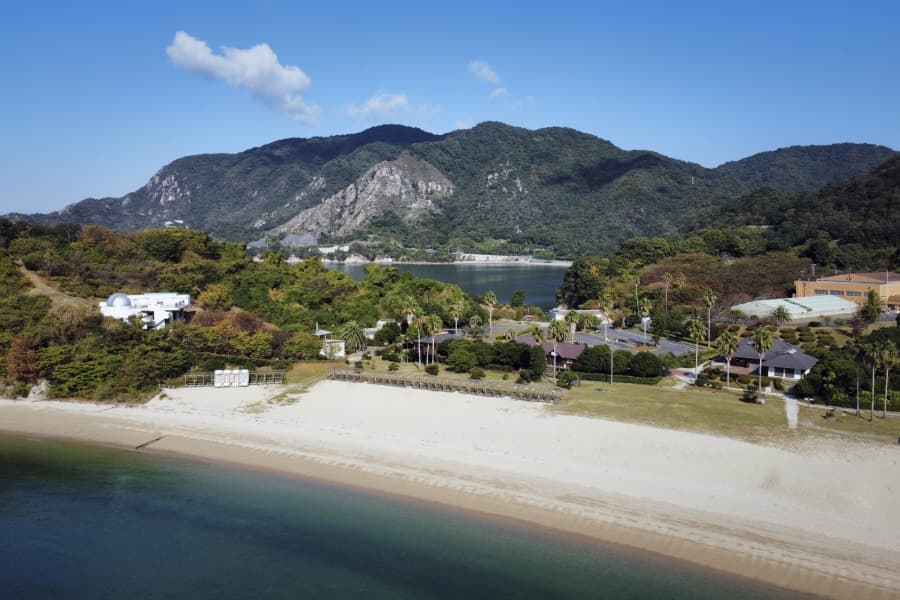
2 Days
¥188,000
This tour visits islands in Hiroshima and Ehime, and some sights in the coastal region of Honshū.
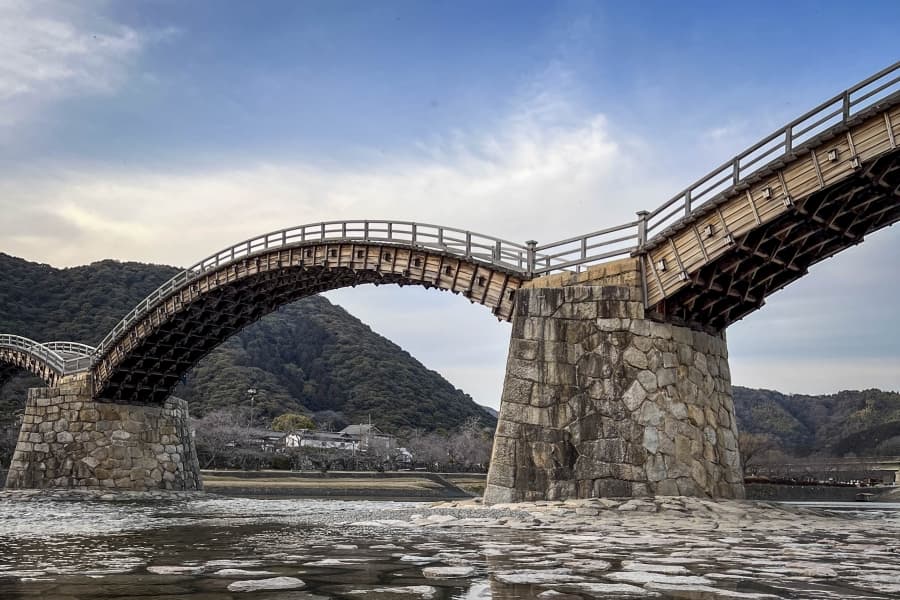
6 Days
¥498,000
This tour visits the major sights of Yamaguchi, Shimane, and Hiroshima prefectures, focusing on the small historic cities of each region, and the natural wonders found in the countryside between them.
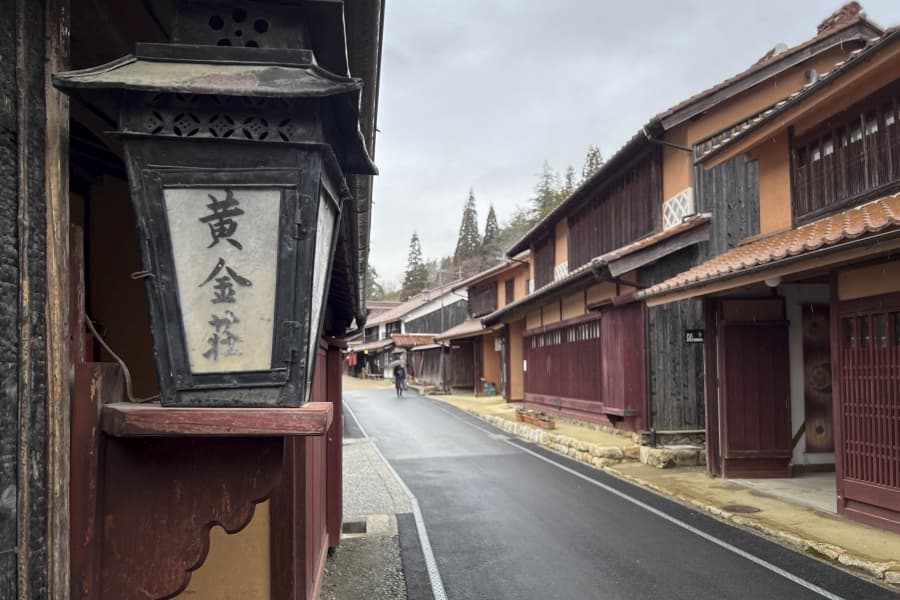
2 Days
¥188,000
This tour visits major sights of Okayama and Tottori prefectures, focusing on small historic cities and natural wonders.
